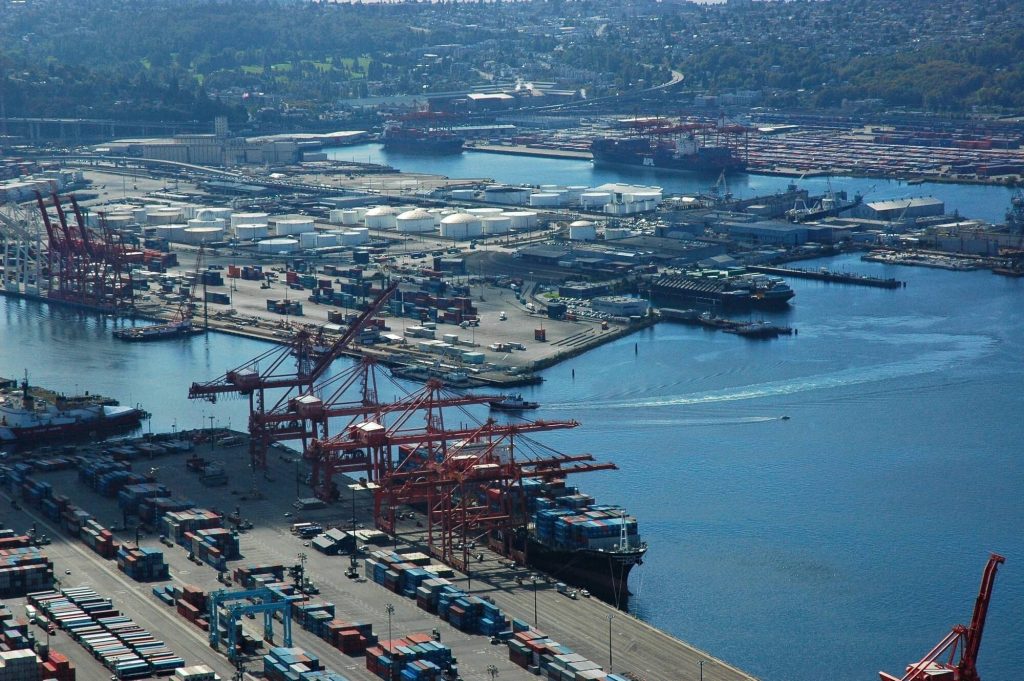Planning A Move to Hawaii
If you’re planning a move from the continental United States to Hawaii, and you plan on keeping your current car, there are a few crucial things to keep in mind. Hawaii is an incorporated part of the United States, so vehicle shipment is a relatively low-stress and cost-effective process. However, this process is more involved than transporting an automobile from state to neighboring state, so let us dive into the specifics of shipping a car to your new tropical home.
Plenty of Ports to Choose from, Both When Importing and Exporting
There are a handful of accessible coast ports in which they regularly ship cars from mainland U.S. to Hawaii. The main ports used for export are as follows:
- Long Beach, California
- Oakland, California
- Tacoma, Washington

Some lesser-known ports exist in Kodiak and Anchorage, Alaska, as well, but the central west coast ports are typically far more utilized. On the opposite end, the main ports used for import are as follows:
- Hilo and Kawaihae on the Big Island of Hawaii
- Honolulu on the island of Oahu
- Kahului on the island of Maui
- Nawiliwili on the island of Kauai
Obtaining the Proper Documents
Before shipping your vehicle to or from one of these ports, you must have the proper documentation to do so. Quite a few factors come into play at this point, like whether you own or are leasing your vehicle. If your car is a lease, you may require more documentation than will be mentioned. In most cases, you will need:
- safety inspection certificate
- information about who is to pick up the car
- bill of lading, which you will use for registration
- license and registration
- title or bill of sale
- lienholder authorization if the vehicle is a lease

Based on the length of your stay in Hawaii, you may need more extensive inspection documentation.
Preparing your Vehicle for Shipment
After all of your paperwork is in order, it is time to ready your vehicle for shipment. You need to make sure that your car is cleaned inside and out, as to avoid any unnecessary issues with dirt and grime. Cleanliness of your vehicle is also a courtesy to whoever may be handling your automobile during this process. It is also imperative that your car runs, as the transport company may need to drive it on and off a storage vehicle. These precautions reduce the chance that shipping representatives run into any headaches when transporting your car from the mainland to Hawaii.
If your vehicle does not run or you do not want anyone to start it (such is the case in many vintage or rare automobiles), shipping your car in a container is another option. However, it will likely be more expensive than traditional methods.
In any case, if you follow the proper precautions, your car should arrive in Hawaii without any trouble.

